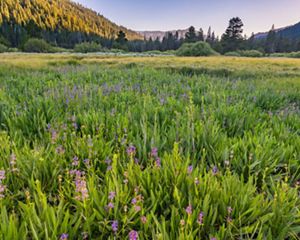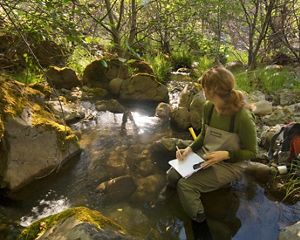Description
Spectacular panoramic landscapes, a diversity of wildlife comparable to Africa’s Serengeti, the highest concentration of threatened and endangered wildlife in California—these are the irreplaceable assets of the Carrizo Plain National Monument.
The Carrizo Plain stretches for 250,000 acres along the base of the Temblor Mountains, 60 miles east of San Luis Obispo. Its vast grasslands, as well as woodland habitats and vernal pools, sustain 15 of California’s threatened and endangered plants and animals.
Here may rest the future of such species as the California jewelflower, San Joaquin kit fox, mountain plover, blunt-nosed leopard lizard, pronghorn antelope and giant kangaroo rat.
The Carrizo Plain is also the largest protected habitat along the Pacific Flyway, making it a birder’s paradise in winter. In spring, Carrizo’s rolling grasslands thrill wildflower enthusiasts with a breathtaking assortment of blooms.
Thinking Big
In 1988, The Nature Conservancy partnered with the U.S. Bureau of Land Management and the California Department of Fish and Wildlife to undertake an ambitious project of acquiring and managing this great expanse of land.
Through cooperative effort, the initial 82,000-acre parcel not only grew to its current quarter-million acreage, it garnered federal support, becoming a national monument in 2001.
Landmark Resource Management Plan and Conservation Strategies
The partners worked tirelessly to develop a stewardship plan for this vast area. The resulting resource management strategy uses an innovative set of protocols to maintain and increase the populations of threatened and endangered species.
The Carrizo Plain project also represents a prime platform for scientific research. Together with our partners we have implemented cutting-edge conservation approaches, such as the use of satellite technology to track the vitally important giant kangaroo rat, a keystone species without which the ecosystem would collapse.











